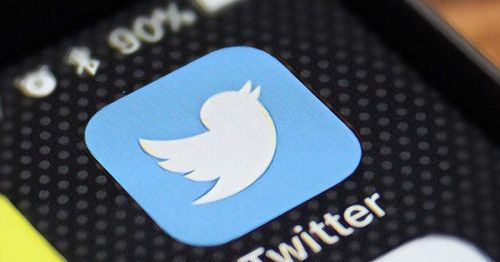Organizations worldwide increasingly rely on Twitter during major disasters. The platform provides critical real-time information. People on the ground share immediate updates. This happens faster than traditional news sources. Authorities use Twitter to issue urgent alerts. They tell people about evacuation routes. They warn about dangerous areas. They give safety instructions. This direct communication saves lives.
(How Twitter Helps in Disaster Response)
Emergency responders monitor Twitter actively. They identify areas needing help quickly. They see reports of trapped individuals. They see reports of damaged infrastructure. Citizens post photos and videos showing conditions. This helps responders prioritize their actions. Relief organizations coordinate efforts using hashtags. They find volunteers. They locate supplies. They organize donation drives. People use Twitter to check on family and friends. They post messages asking if others are safe. This reduces pressure on overloaded phone networks. Community support grows rapidly online. Neighbors offer shelter. They share resources. They provide emotional support. Local businesses announce free services. They offer food or temporary housing.
(How Twitter Helps in Disaster Response)
Twitter enables crowdsourced crisis mapping. Volunteers compile data from tweets. They create detailed maps showing affected zones. They show available resources. These maps guide official response teams. Officials also use Twitter to counter misinformation. They correct false rumors quickly. They provide verified facts. This prevents panic. It ensures accurate information spreads. The speed of Twitter is unmatched. It connects those needing help directly with those who can help. This real-time connection is vital in the chaotic first hours and days after a disaster. The platform remains a key tool for effective disaster management globally.

